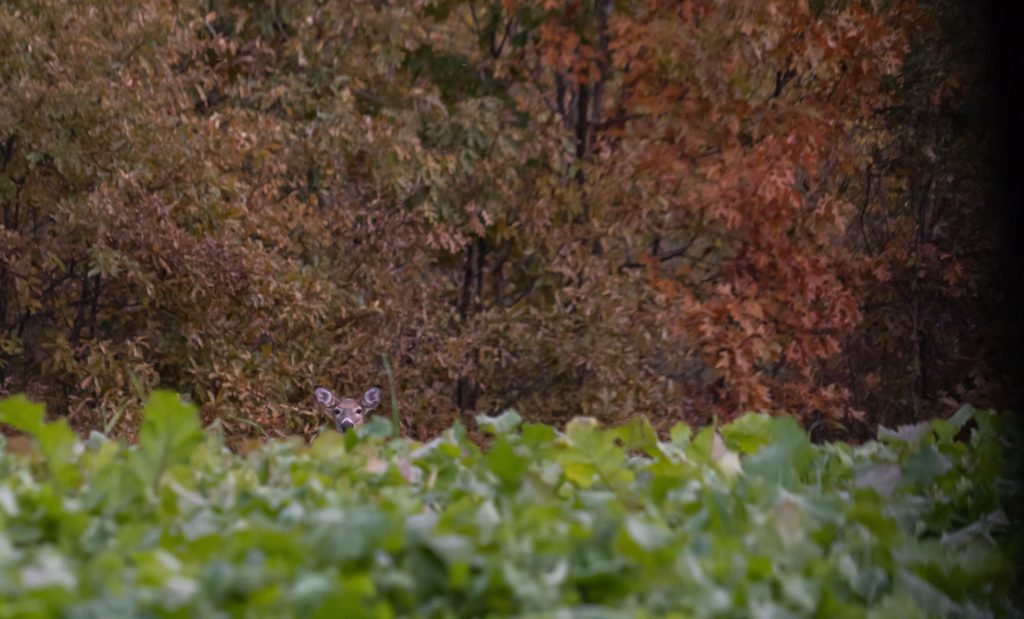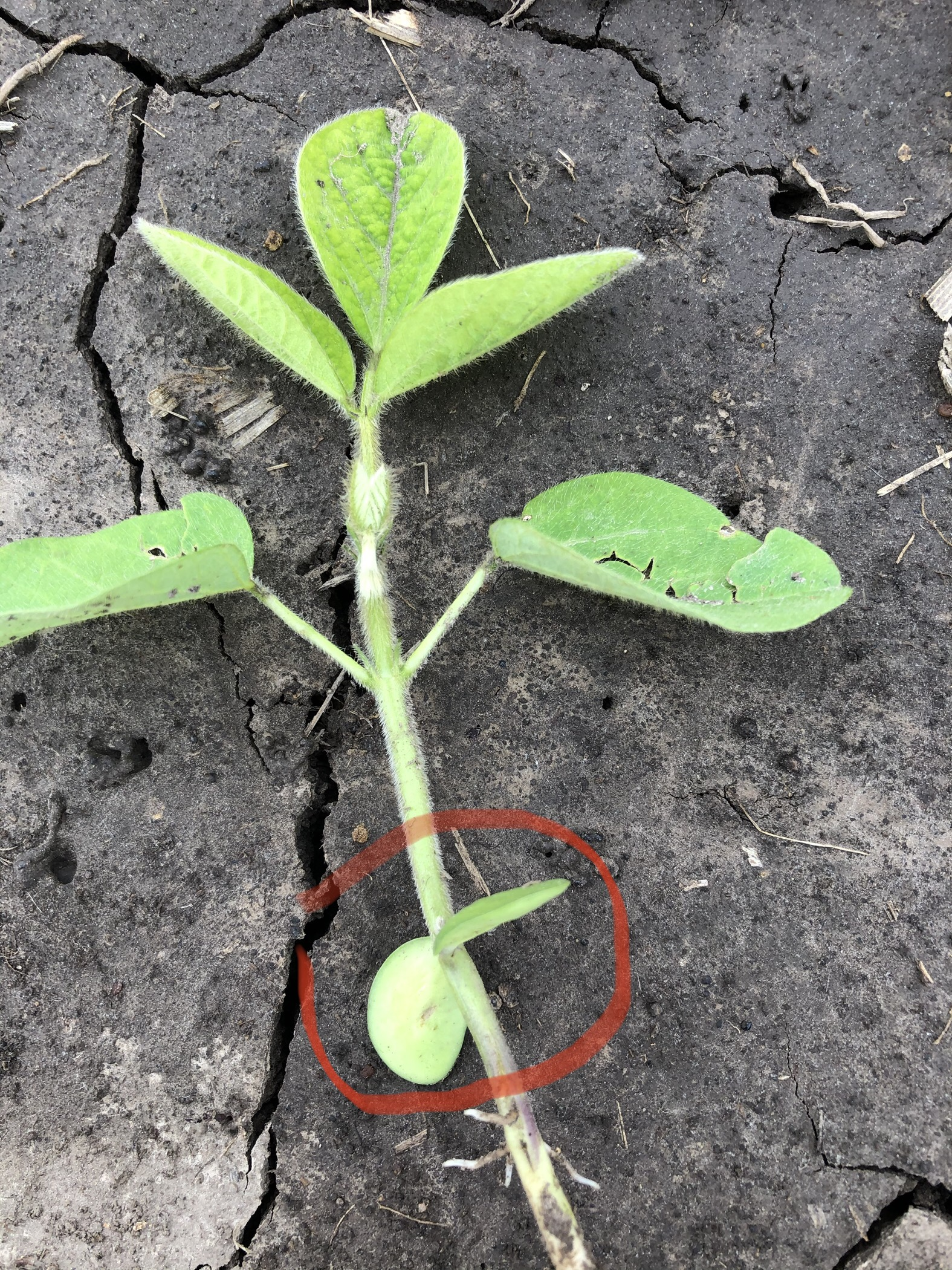
Understanding Soybean Browse Pressure
It is that time of year when most serious land managers have their foodplots planted and are anxiously keeping an eye on them as those precious seeds they planted slowly turn into vibrant plants that will provide the wildlife on our properties with good nutritious food sources. A lot of things can go wrong from the time we open that bag of seed until those seeds become established thriving plants.
While soybeans can be one of the easiest crops to grow in a wildlife plot, they also have a couple of unique challenges early in life that can hinder their ability to become established. Browse pressure from deer and other wildlife can quickly wipe out an otherwise flourishing soybean plot. Most of us who have planted soybeans have dealt with this issue in a variety of ways from spreading deer repellents to erecting electric fences, all with varying results.
In order for Real World Wildlife Products to help our customers grow successful plots we have continually used a wide variety of venues to educate food-plotters on various topics. Today we are going to discuss soybean browse pressure and specifically how it affects the soybean plant. Let’s start by looking closely at a young soybean plant.
In the attached picture you’ll see a red circle around the “cotyledons” on a soybean plant. These are the storage units in the seed that provide life and energy to the seed and young seedling. There are 2 axillary growing points at the cotyledons (in the armpits if you will). If the main growing point at the top of the plant is damaged or chewed off, the plant will still grow from one or both of the axillary buds. If a plant is chewed off below the cotyledons (on what is called the hypocotyl) it is just a stem and will die as it has no growing points to grow from.

The technical description on this plant are from bottom to top – hypocotyls, cotyledons (seed storage units), cotyledonary leaves (single round leaves), and then the first true leaf known as a trifoliate leaf.
In this photo we can see young soybean plants that have been browsed off at different points on the plants. The red circled plant was bit off below the cotyledons (growing points) and is now dead. The green circled plants were bit off above cotyledons (growing points) and will regrow from axillary buds (If you look closely you can see new growth starting already).
This information should help you assess your soybean plots for browse damage and make decisions regarding the management of your plots. Another important point to keep in mind is that soybeans have the unique ability to utilize the space they are given for maximum production within a plot or field. When spacing between plants is greater, each plant with “bush out” and can grow multiple stems, each filled with soybean pods. When plant population is higher and plants are closer together, each plant will be a single stem and in extreme conditions will not get as tall. Overall production in the plot or field will remain steady under different population rates because each plant utilizes the space it is given. What this means to the food-plotter is that just because some of your young soybean plants were browsed off does not necessarily mean the plot was ruined.
This blog is part of a continuing effort by Real World Wildlife Products to educate wildlife food-plotters. To see all of our educational efforts simply follow us on Facebook or Instagram and go to our website and sign up for email alerts.